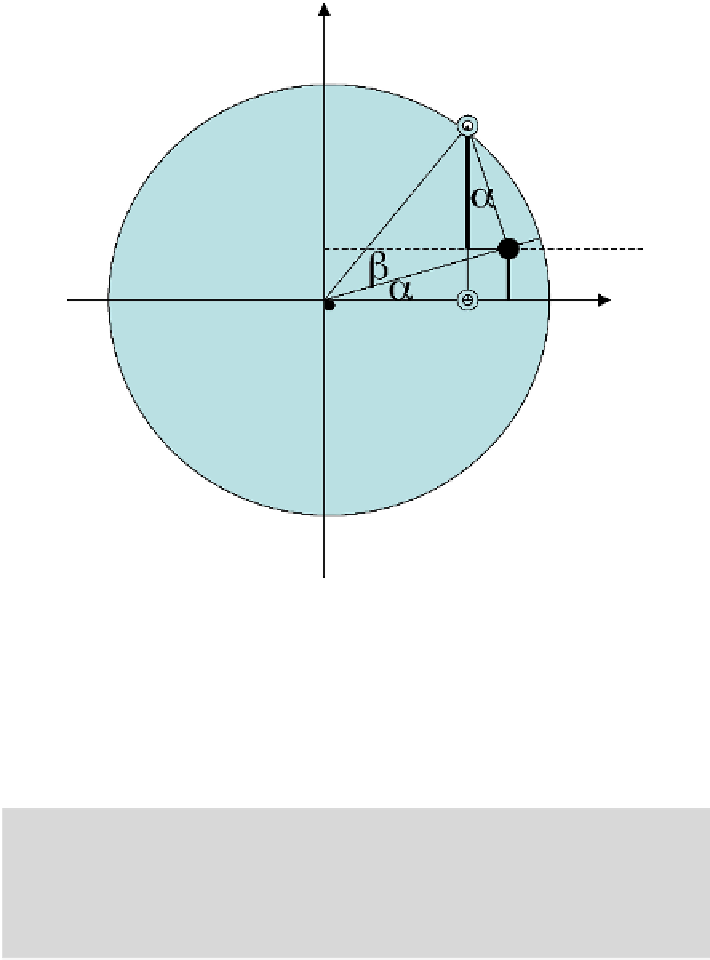Information Technology Reference
In-Depth Information
(
α
+
β
)=
β
+
(
α
+
β
)=
β
−
Fig. 5.5
sin
sin
α
cos
cos
α
sin
β
(analogously cos
cos
α
cos
sin α sin β
holds)
this situation with the following statement (which we do not explain formally): If
you choose randomly a point in the interval
the probability of getting a rational
number is almost zero, while that of getting a real irrational number is almost one.
[
0
,
1
]
Let
S
k
the set of finite sequences (over a given finite (ordered) alphabet) of
length
k
.Forany
k
,
S
k
is a finite set. Enumerate in the alphabetic order
the elements of
S
1
,
S
2
,...
∈
N
In this way any finite sequence occurs at some step
of the enumeration.
cannot be
put in one-to-one correspondence with natural numbers (the same argument can
be easily generalized to the set of sequences over any finite alphabet). Table 5.4
explains the original intuition of the
diagonal
argument by Georg Cantor.
The set
S
of all the infinite sequences over a binary alphabet
{
0
,
1
}

